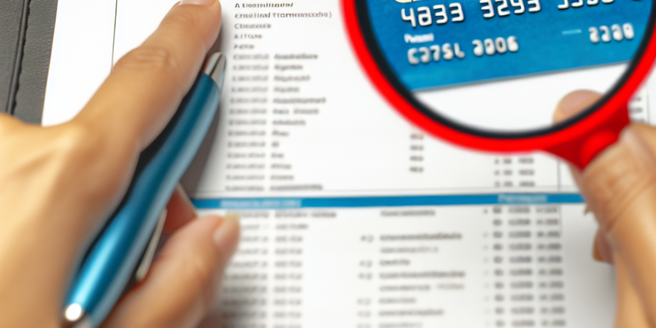Understanding the Basics of Credit Card Fraud
While credit card fraud is a wide-ranging term for theft and fraud committed using a credit card or any similar payment mechanism, it can be considered as two categories: Card-not-present (CNP) fraud and card-present (CP) fraud. Card-not-present fraud refers to transactions made where the card isn’t physically presented to a merchant, performed over the phone or online, while card-present fraud involves using a lost or stolen card to buy merchandise in person.
Different Types of Credit Card Fraud
Identifying the various types of credit card fraud is an integral part of prevention. There are several types of credit card frauds, including Application Fraud, Account Takeover, Card-not-present Fraud, Fake Cards, and Lost/Stolen Cards. Application fraud refers to the unauthorized opening of credit card accounts in another person’s name. Consumers can unintentionally offer personal details, enabling a criminal to open a credit card account in their name.
Spotting Unusual Activities in Your Card Statements
Examining your credit card statements regularly is a simple measure to identify potential fraudulent charges. Watch for unfamiliar transactions, small or large, and transactions from unknown locations or merchants. Even small charges can be a sign of a fraudster ‘testing’ the card before making larger charges.
The Role of Banks in Credit Card Fraud Detection
Banks have a critical role in credit card fraud detection. The financial institution can detect fraud via unusual patterns of transaction behaviour. Banks often have technologies that identify suspicious activity, and customer service representatives are trained to identify warning signs of fraudulent activity.
Steps to Take Upon Identifying a Fraudulent Charge
If you identify an unauthorized charge in your credit card, it’s crucial to act quickly. Contact your credit card issuer immediately so they can suspend your card to prevent further charges and initiate an investigation. It would be prudent to follow up with a written statement detailing the dispute.
Preventing Credit Card Fraud: Tips and Tricks
Preventing credit card fraud could come down to maintaining good habits such as regularly monitoring your accounts, ensuring your internet connection is secure when making online payments, avoiding providing card information over the phone, and regularly updating passwords and PINs.
Technology and Credit Card Fraud: Risks and Safeguards
Credit card fraudsters are continuously advancing their tactics, adopting technology rapidly. However, technology also provides powerful tools to prevent and detect such fraud. Biometrics, machine learning algorithms for detecting fraud, and tokenization of card information are among emerging trends in the battle against credit card fraud.
How Thieves Get Your Credit Card Information and What You Can Do About It
Credit card fraudsters may use various tactics to get your card information. This could be through unsecured internet networks, phishing, or even through direct theft. To protect yourself, ensure your card is always with you, avoid sharing sensitive information, and install relevant security applications on your digital devices.
Understanding the Legal Process Following Credit Card Fraud
Legally, consumers usually bear no responsibility for fraudulent charges, provided they report them promptly to the financial institution. The card issuer and merchant often absorb the cost. A legal process may ensue if the perpetrator is caught, which could potentially involve the victim as a witness.
Recovering From Credit Card Fraud: Getting Back on Track
Victims of credit card fraud must go beyond merely identifying the fraud. It’s essential to replace the compromised cards, update online accounts, potentially involve law enforcement, check your credit report for discrepancies, and tighten overall personal data security. Over time, these measures will help victims recover from credit card fraud and get back on track financially.


